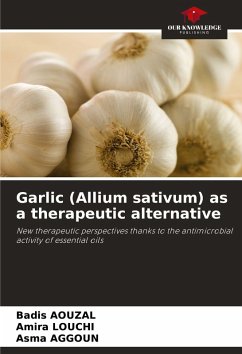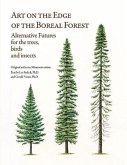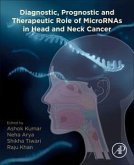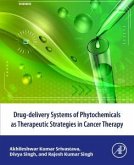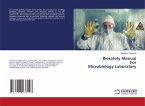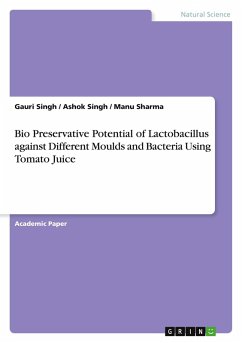In a context marked by the worrying emergence of antibiotic-resistant bacteria, this book by Dr. Aouzal Badis, Louchi Amira and Dr. Aggoun Asma highlights the formidable therapeutic potential of garlic (Allium sativum), an ancestral medicinal plant with recognized antimicrobial properties. Through a rigorous scientific study carried out on the essential oil of garlic harvested in the El Harrouche region (Skikda, Algeria), the authors demonstrate its efficacy against several pathogens, including Escherichia coli, Staphylococcus aureus and Candida albicans, while revealing its limitations when it comes to Klebsiella pneumoniae. Combining experimental results, scientific reflection and applicative perspectives, this book offers a valuable contribution to research into natural alternatives to antibiotics, and is aimed at researchers, students and the general public keen to discover innovative solutions to the global health crisis of antibiotic resistance.
Bitte wählen Sie Ihr Anliegen aus.
Rechnungen
Retourenschein anfordern
Bestellstatus
Storno

